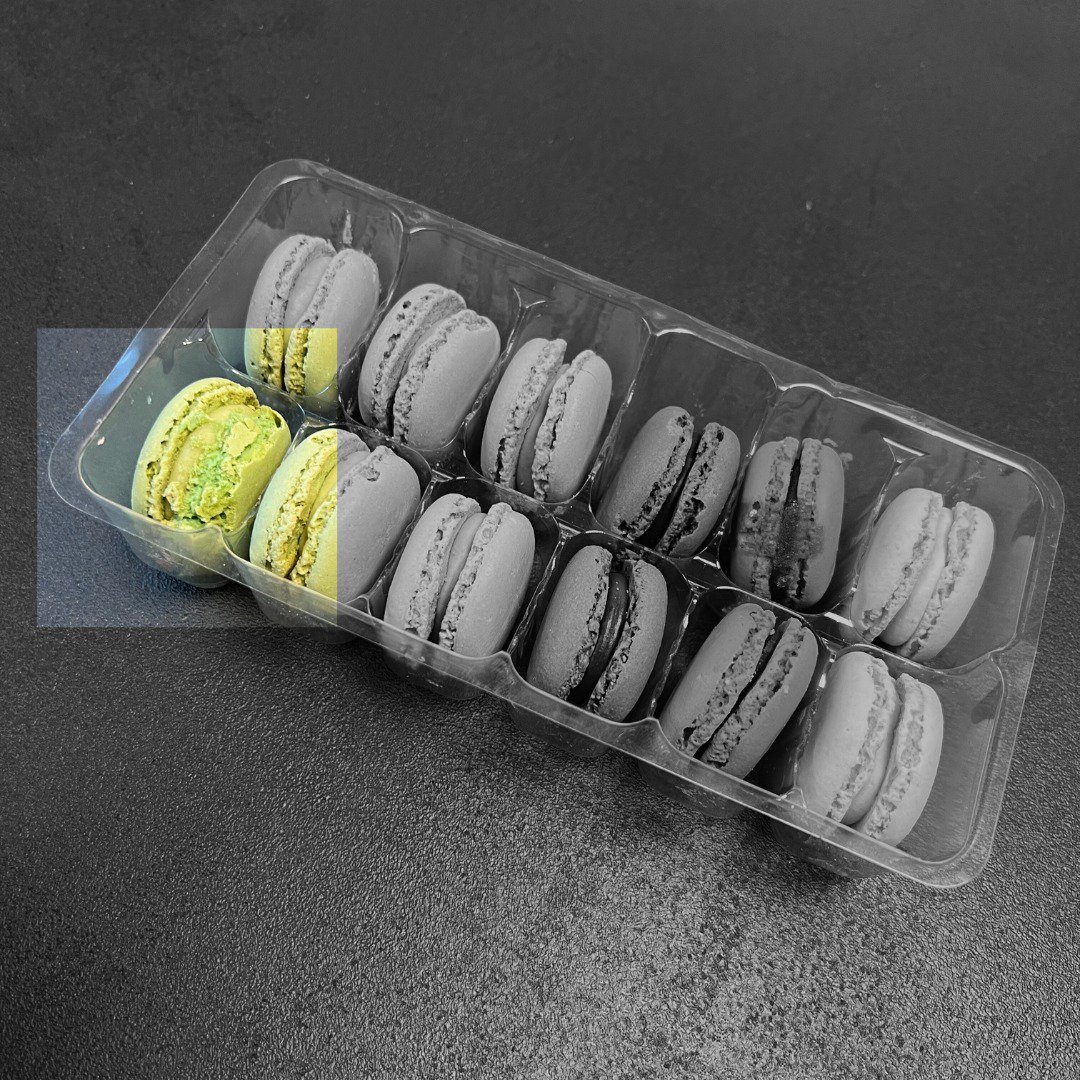5 Specific use cases to embrace computer vision in food processing manufacturing

Computer Vision
In the dynamic world of food and beverage processing, staying ahead means embracing innovation. As a manufacturing company in this sector, you're constantly juggling efficiency, quality, and safety. Enter computer vision technology—a game changer that's transforming the industry. In this article, we outline five compelling reasons why integrating computer vision into your operations is not just a futuristic concept, but a present-day necessity.
1. Efficient packaging inspection
Packaging is vital for maintaining food quality and safety. Computer vision excels in inspecting packaging for proper seals, correct labeling, and the absence of physical damage. By automating this process, you not only speed up the production line but also minimize human error, ensuring every product is perfectly packaged and market-ready.

2. Advanced food sorting and grading
Sorting and grading are labor-intensive processes that are prone to human error. Computer vision systems, equipped with sophisticated algorithms, can sort and grade products based on size, color, ripeness, and other criteria with remarkable speed and accuracy. This not only enhances productivity but also ensures a consistently high-quality product lineup.

3. Cutting-edge freshness detection and food safety monitoring
The freshness of ingredients is a non-negotiable aspect of food processing. Computer vision technology can detect early signs of spoilage or contamination that are invisible to the naked eye. Implementing these systems enhances food safety, reduces waste, and ensures compliance with stringent health standards, safeguarding both your customers and your brand.

4. Precision in portion control and waste reduction
Accurate portion control is essential for cost management and customer satisfaction. Computer vision enables precise measurement and distribution of ingredients, ensuring each product is consistent in size and composition. This precision plays a crucial role in reducing food waste, a growing concern in the food industry, both from an environmental and economic perspective.

5. Enhanced quality control and inspection
Quality is paramount in food processing, and computer vision technology offers unparalleled precision in this arena. Unlike manual inspections, computer vision systems provide consistent, 24/7 monitoring. They can detect even the smallest defects or inconsistencies in products, ensuring that only products that meet the highest standards reach consumers. This not only strengthens your brand's reputation, but also significantly reduces the risk of costly recalls.

Conclusion:
Adopting computer vision technology in your food processing operations is not just an upgrade; it's a leap towards future-proofing your business. From ensuring impeccable quality and safety standards to boosting efficiency and reducing waste, the benefits are tangible and transformative.